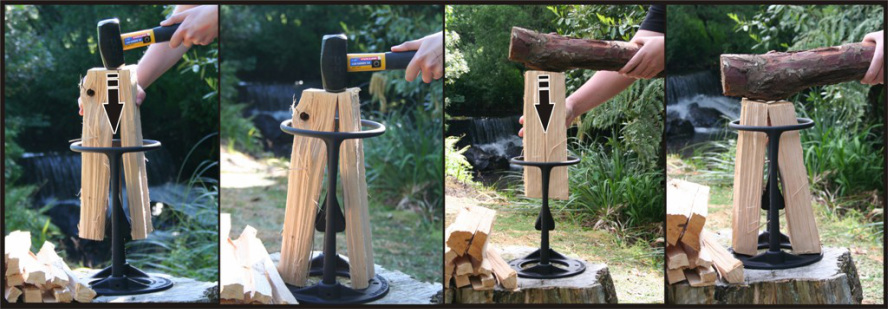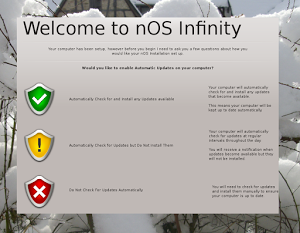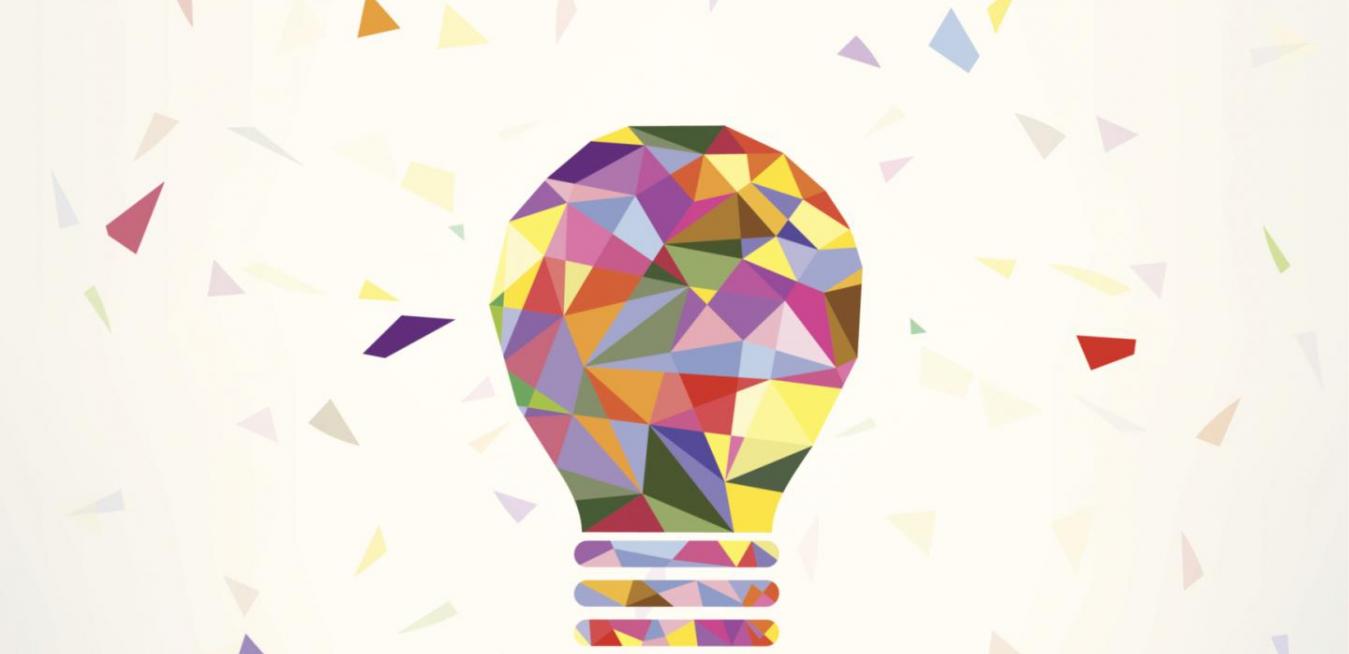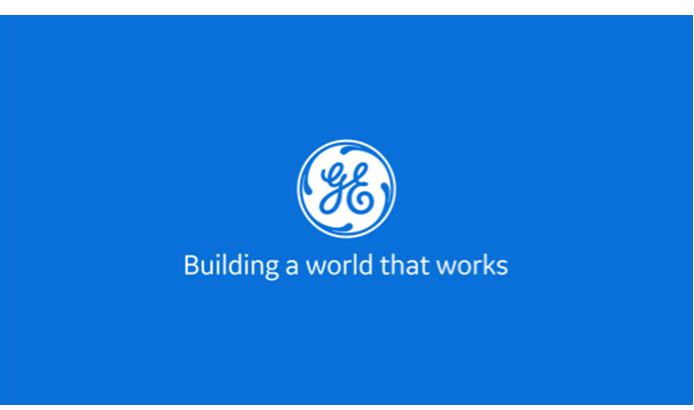Last week, Google announced the finalists and winners from a range of categories in its 2014 Google Science Fair. Australia and New Zealand were well represented, with two finalists in the 17-18 age group and two finalists in the 13-14 age group. These wunderkinds are reimagining the world with new operating systems, delivering the clean water that developing nations desperately need and harnessing the power of augmented reality to improve the lives of stroke patients.
Meet the four Australian and New Zealand innovators Google has given the thumbs up to.
Cynthia Sin Nga Lam, Australia
Finalist in the 17-18 age group and the Scientific American Science in Action award
Project: H2PRO
Clean water and electricity. Two finite resources which Cynthia has found a way to provide in a portable, sustainable manner. Her cost-effective H2PRO device is composed of two parts: photocatalytic water purification and hydrogen generation on top, with additional water purification for household wastewater on the bottom. The whole process takes a speedy two hours, thanks to the organic pollutants which Cynthia says actually turbocharge the photocatalytic reaction rate.
Ethan Butson, Australia
Local prize winner and finalist in the 17-18 age group
Project: The SMART System
Smartphones are for much more than Snapchat for this 18 year old. Coupling the video capabilities of an iPhone with virtual reality glasses, Ethan has found a way to significantly improve object definition for visually-impaired stroke patients. His ingenious use of the “pixelation” effect on the iPhone camera resulted in two visual benefits for patients with hemiplegia – reduction in image size and reduction in image complexity, both by approximately 40%. What this simple change in visual output really means though, is relief from the strain of visual processing, and a much improved quality of life.
Ayla Hutchinson, New Zealand
Finalist in the 13-14 age group and the Scientific American Science in Action award
Project: Kindling Cracker
Ayla’s very own light bulb moment happened when her mum injured with an axe while cutting kindling for her family. Seeing how difficult it was for others to chop kindling too, Ayla set about creating a product which made the task safer and easier. Leveraging the premise that the force required to split wood when it is already resting on the axe wedge is much less than the force required when swinging an axe downwards, Ayla’s Kindling Cracker is a portable tool that is already available for lovers of wood fires in Australia and New Zealand.
 nOS Infinity
nOS InfinityThis computer operating system is more than just an upgrade to the slow Netbooks at Isaac’s school. This emerging tech GEek’s bigger mission is to reduce e-waste while giving users in developing countries access to technology they may not otherwise have been able to use. Based on a minimal version of Linux, Isaac has been carefully testing the initial release of his new operating system amongst other software enthusiasts. Students in Kenya and Fiji, look out for nOS Infinity, coming to a computer near you…






